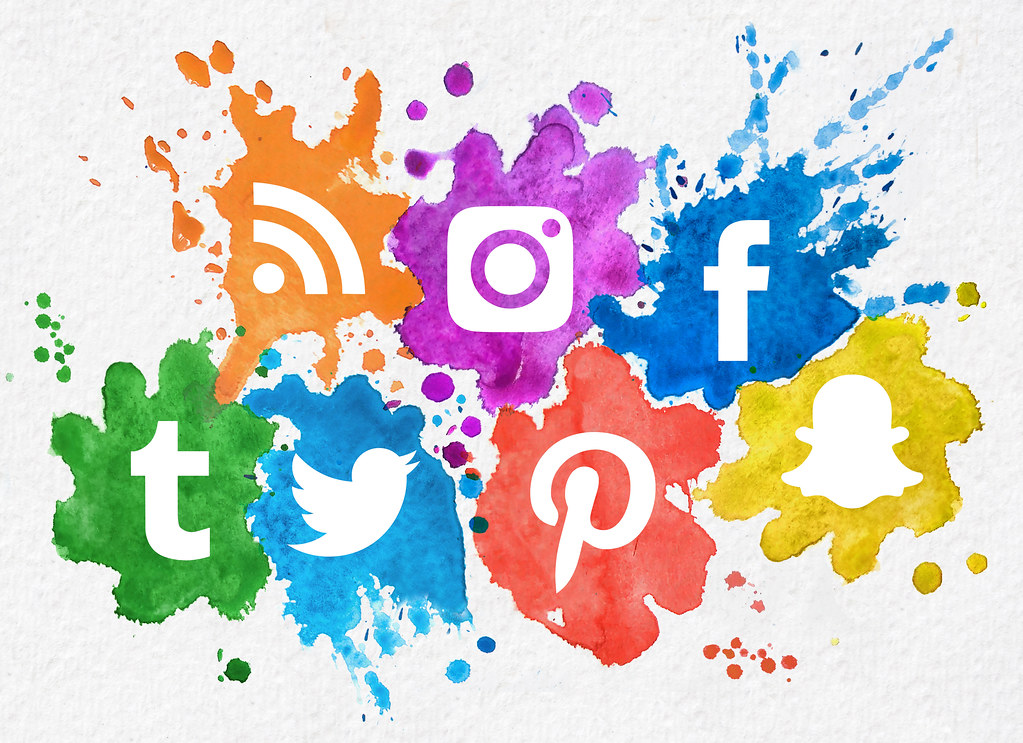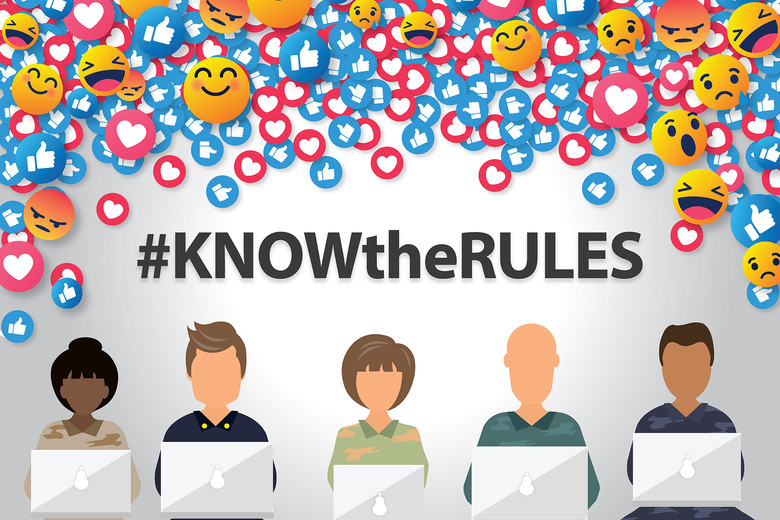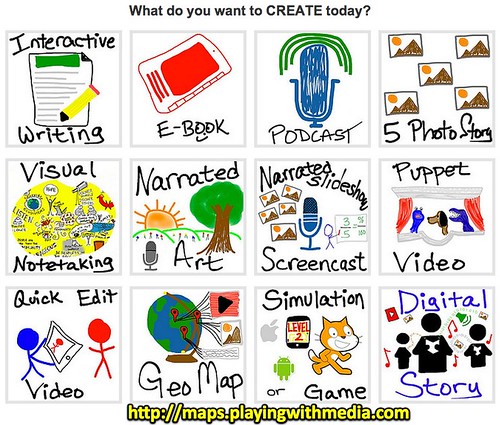
Many people use and enjoy technology and social media for all of the good things it can do. Social media allows people to share their lives, stay connected, open up outlets for people to find their passions and likeminded people, and be able to have a conversation no matter where they are in the world.
Technology and social media have been used to share awareness, promote activism, and make real changes in the world.
“Through social networking sites, Arab Spring activists have not only gained the power to overthrow powerful dictatorship, but also helped Arab civilians become aware of the underground communities that exist and are made up of their brothers, and others willing to listen to their stories.” (Kassim 2012)
https://www.mic.com/articles/10642/twitter-revolution-how-the-arab-spring-was-helped-by-social-media
“Perez said social media streamlined the organization of the women’s march, making it easier for people to join the movement. About 45,000 protesters with disabilities participated in the Washington march because they used social media ahead of time to make sure the demonstration was accessible.” (Carson 2017)
https://www.cnet.com/news/facebook-twitter-instagram-womens-march/

So we can all agree that social media used in these ways can be one of the most empowering and influential outlets available to people today right?
BUT… are there ways we can use social media and technology to our detriment?
The answer is yes. We can be so emboldened and ‘in the moment’ when we post sometimes that the long term effects pressing the ‘send’ button ONE time can have on our futures is lost on us.
Especially as educators, our social media presence and the message we send on personal pages can be viewed by so many people who look to us as leaders. An educator or teacher has a responsibility to their students to be a role model and positive force in their student’s lives. If a teacher’s social media promotes the opposite, it weakens that role.

Three safe ways to navigate using social media safely is by avoiding:
Disrespecting your company/employer or violating their codes of conduct.
a. The first and most obvious way to get in trouble over social media is to be disrespectful or slanderous to an employer or company. Posting online is not a guarantee of autonomy.
b. While it is a personal page, many employers now require their employees to meet a code of conduct that not only describes how they are to connect themselves inside the office, but online as well.
https://www.thebalancecareers.com/posting-information-online-can-get-you-fired-2062154
Hurtful and insensitive comments.
a. Using social media etc to post anything hurtful or insensitive should be avoided at all costs, whether for an employer or not.
b. There are things to keep in mind once you are an official representative of something (an employee/student), your voice is representing them as well. Posting hateful comments or insensitive political opinions that could directly clash with/look bad on the company could result in termination. No company wants bad PR because of an improper tweet or post, and will not keep employees around who cause these type of problems for their business.
https://smartsocial.com/fired-for-social-media/
Using technology and social media too much and too often.
a. We are all guilty of spending too much time on social media and technologies every day. Another thing to keep in mind is how much you use these sites on ‘work time’. Employees have been fired from companies for using Facebook, Twitter, or even online shopping on company time.
b. Taking a break from work and decompressing with a scroll through twitter is one thing, Wasting hours you are getting paid to perform a task and spending it on social media is another.
https://www.cnbc.com/2016/02/05/how-using-social-media-can-get-you-fired.html

